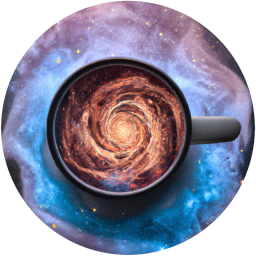Got myself a RTL-SDR Software-Defined Radio (also known as a cheap-as-hell USB DVB-T tuner), and hooked it up to a Raspberry Pi 3 running Raspbian. My objective here was to just get it working, and eventually I’ll use it for spectrum analysis and ADS-B tracking.
So, I hooked it up, installed GNU Radio (by gods this is a complicated toolkit), and shoved on the default terribad antenna and put it in the shed.
The results? Well, I got something out of it, but by oath it’s noisy. I was expecting that, since I have an awful antenna and no ferrite chokes on anything. But it works!
The above is a waterfall plot of a small subsection of the regular FM radio band. It was created using rtl_power (a standard part of the rtl-sdr kit), and a heatmap generator (available here). The horizontal axis is frequency in MHz, and the vertical axis is time. Each pixel represents 1kHz of bandwidth and 1s of time. Brightness indicates received power.
You can clearly see the thick wideband FM transmission at 103.9MHz - that’s a commercial radio station. There’s a dull band at 103.7MHz (it sounds like noise when tuning into it), and many smaller bands all across the spectrum, which all sound like buzzes when tuning in. That’s interference. It’s pretty obvious the antenna is terrible. But the concept works!
That chart was generated like this;
rtl_power -f 103.5M:104.5M:1k -p 20 -g 35 -i 1s -e 10m sample.csv python heatmap.py sample.csv sample.jpeg
Now, you can also record arbitrary things. Here’s a command to record audio to a playable WAV file from the radio station in the above waterfall;
rtl_fm -f 103.9e6 -M wbfm -s 200000 -r 48000 | sox -t raw -e signed -c 1 -b 16 -r 48000 - recording.wav
Now to wait for my new antenna bits to arrive…

